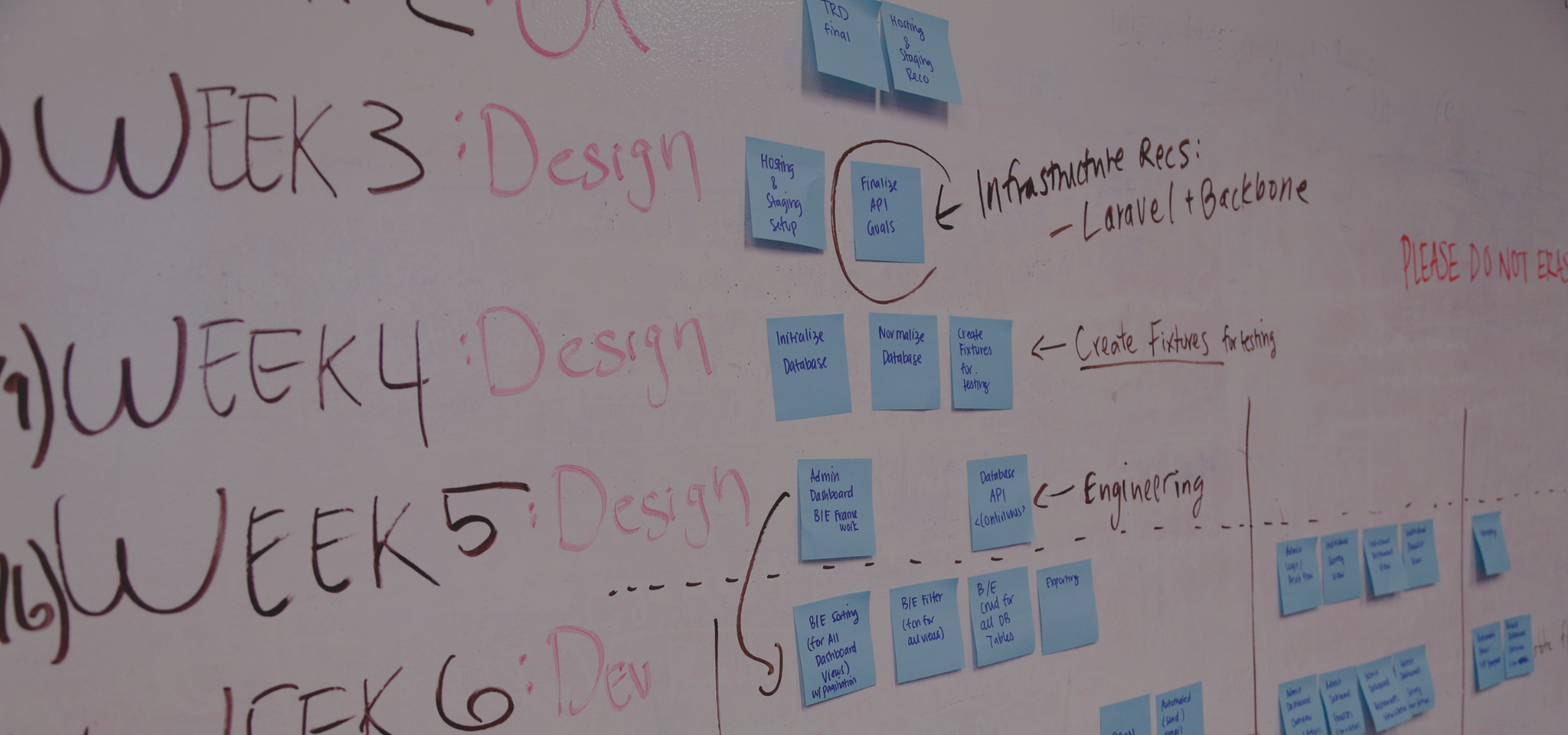
1 of 7: Andy’s First Mistake — The Feature Frenzy
Meet Andy — a recent college grad with big ambitions.
Fueled by fresh ideas and a frustration with how most companies handle user feedback, Andy set out to change the game. This is the story of how he turned that mission into a real product — one insight, one iteration, and one mistake at a time.
More Features = More Value, Right?
Andy launched his startup with a vision to revolutionize how small business owners manage customer feedback. He was passionate, focused, and driven. But he made a mistake that many first-time founders make: he equated value with the number of features.
When his MVP was first scoped out, it had three core functions: collect feedback via a form, aggregate it into a dashboard, and generate weekly summaries. But as Andy talked to his friends, potential investors, and industry peers, the list grew. By the end of the second week, the feature list had ballooned to include:
-
User login and account creation
-
Role-based admin control
-
Integrations with Slack and Zapier
-
Custom analytics reports
-
Mobile responsiveness
-
A gamified rating system for customers
-
In-app messaging between users
The Build Phase The team spent nearly 5 months building these features. Sprint after sprint, the core idea was diluted as more layers were added. The UI became cluttered. Onboarding was complicated. Documentation was scarce because the team was always rushing to finish the next feature.
The Launch The launch flopped. The initial beta users gave feedback like:
-
“I wasn’t sure what I was supposed to do first.”
-
“It took me too long to get set up.”
-
“Why are there so many settings? I just wanted to collect feedback.”
What Went Wrong:
-
No Core Experience: The product didn’t guide users toward a clear value moment.
-
High Cognitive Load: Too many features led to decision fatigue.
-
Technical Debt: Bugs were hard to fix because the codebase was bloated and rushed.
Psychological Triggers Behind Overbuilding
-
Fear of Looking Unimpressive: Founders worry a simple product won’t be taken seriously.
-
Feature Envy: Seeing competitors with more mature products causes scope creep.
-
Pressure to Please Stakeholders: Everyone wants their idea implemented.
Lesson: Build the MVP to prove one thing: that users care enough about the problem to try your solution.
Framework to Try: ICE Prioritization
-
Impact: How much will this feature move the needle?
-
Confidence: How sure are you that users need this?
-
Ease: How easy is it to implement?
Score every new idea before adding it to the backlog.
If you are in the phase of feature frenzy. let’s figure it out together
Need help with product challenges? 👉 SCHEDULE YOUR FREE STRATEGY SESSION
#Startups #ProductManagement #Entrepreneurship #Innovation
#VentureCapital #Founders
#LeanStartup #MVP



Leave a comment
This site is protected by hCaptcha and the hCaptcha Privacy Policy and Terms of Service apply.